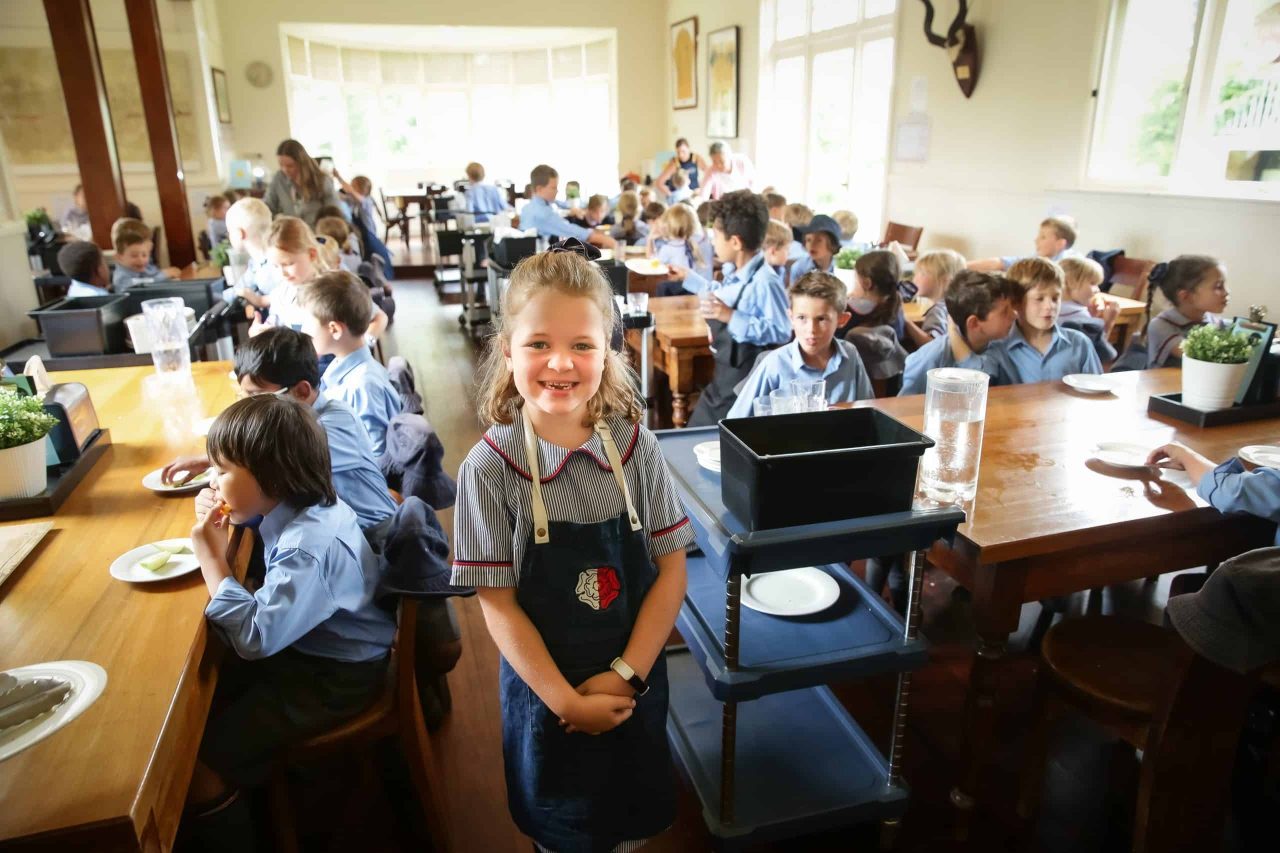The old adage, ‘Manners maketh man’ is believed to have derived from the works of Eton and Winchester Headmaster, William Horman during the Tudor times. Translated simply, the proverb states that politeness, good manners and civility are essential to humanity.
Over 500 years on from Horman’s proverb, modern civilisation is in many ways less civil because decorum, formality and etiquette are viewed as antiquated and inhibitors of our individual expression. Does Horman’s famous saying have any relevance for us in 2023?
David Meagher certainly thinks so and his book, The A to Z of Modern Manners: A Guide to Behaving Well presents a compelling account of why manners are as important now as they have ever been. As riveting as almost 300 pages dedicated to manners seems, it is a fascinating, informative and insightful read. In essence, the book is about how we treat other human beings and why respect, empathy and courtesy is still the foundation of a civilised society.
When I grew up, you never called your friends’ parents by their first name. It was always politely saying “Good morning, Mr and Mrs…” whilst looking them in the eye. It wasn’t until well into adult life that they embarrassingly said, please call me by my first name. This formality has been lost on the current generation and in some circles feels almost old-fashioned.
This specific example aside, I do feel that there has been a broad societal shift regarding what is socially acceptable and what general expectations there are for manners and social interactions. The shift has come off the back of technological changes, new parenting approaches, globalisation, and the rise of individualism. This makes the teaching of manners in a school context more challenging, but even more important.
At Tudor House, manners have always been central to the development of character and the quality of our graduates. Respectful, polite, and considerate interactions between peers and particularly between students and adults has defined the culture and expectations. And despite changes in broader society towards a more relaxed and modern approach to manners, we hold firmly to the value and power of teaching our students to demonstrate good manners and to consistently show common courtesy and respect when interacting with others.
Respect for self is a good place to start when it comes to learning about manners. We teach the children to wear their uniform neatly and brush their hair and to take pride in their appearance. How you treat and value yourself overflows into how you treat and value others.
At school, opportunities abound to demonstrate good manners. It’s in both the big and little things where the children build their ‘manners muscles’. Lining up your gumboots neatly outside your classroom, picking up rubbish in the playground, serving lunch and waiting on your table in the Dining Hall, offering to help a teacher in the classroom, welcoming a staff member with a firm handshake, eye contact and a cheery good morning, are everyday opportunities for the children to show respect and empathy.
As the children build these skills we prompt, remind and correct. Meagher helpfully notes, “manners does away with the idea of perfection and replaces it with thoughtfulness. It’s think about how someone else might feel as a result of your actions; it’s good old-fashioned putting yourself in someone else’s shoes and thinking about your behaviour before you act.”
Helping children become adults with good manners requires a partnership between family, school and community. The daily drip feed, reminders and reinforcement visually and verbally model the preferred behaviours and in time these oddities develop into habits which in time become values and virtues.
No easy feat, but one worth every bit of effort.
Adam Larby
Head of Tudor House
References:
Meagher, D. (2016). The A to Z of Modern Manners: a guide to behaving well. Vintage. Sydney.




